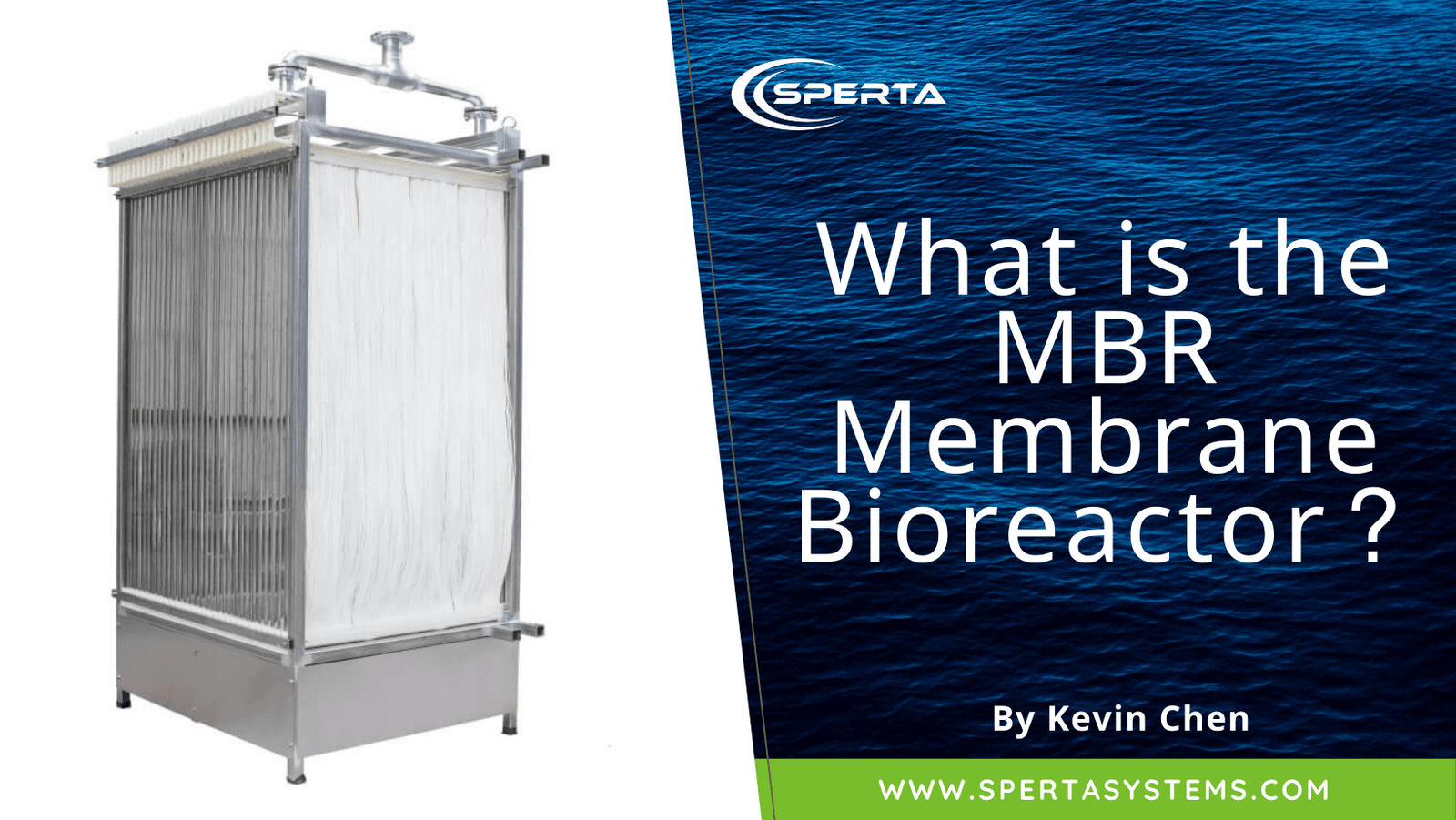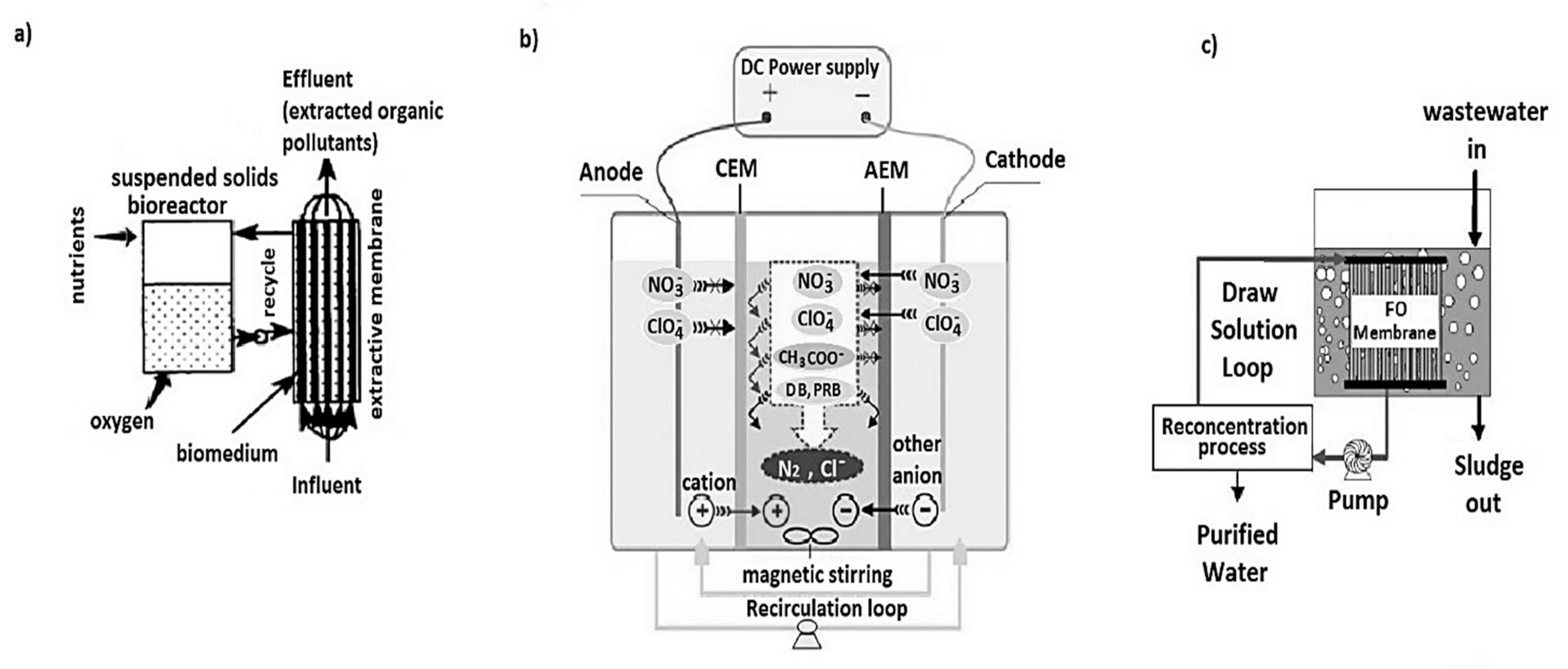How Membrane Bioreactor Can Help Meet Stringent Environmental Regulations
How Membrane Bioreactor Can Help Meet Stringent Environmental Regulations
Blog Article
Membrane Layer Bioreactors Explained: Effective Solutions for Tidy Water
Membrane layer bioreactors (MBRs) have arised as an innovative remedy for resolving the pushing difficulties of wastewater treatment - Membrane Bioreactor. By integrating organic procedures with sophisticated membrane filtration, MBRs not only enhance the high quality of cured water however also minimize the spatial needs of treatment centers.

What Are Membrane Layer Bioreactors?
Membrane layer bioreactors (MBRs) are sophisticated wastewater treatment systems that combine organic deterioration processes with membrane layer filtering technology. This integration permits the efficient elimination of pollutants from water, making MBRs a preferred selection in various applications, including metropolitan wastewater treatment and industrial effluent administration.

One of the essential benefits of MBRs is their ability to create top quality effluent, usually appropriate for reuse in watering or industrial processes. In addition, MBRs require a smaller sized impact compared to traditional treatment systems, making them suitable for city setups where space may be limited.
Additionally, MBRs can effectively deal with varying influent lots and are less susceptible to the impacts of poisonous shocks. These qualities add to their growing popularity as a lasting remedy for dealing with the boosting need for tidy water while reducing environmental effects.
Just How Membrane Bioreactors Work
While the operation of membrane bioreactors (MBRs) might appear facility, it fundamentally revolves around the synergy between biological procedures and membrane layer purification. MBRs incorporate a biological treatment process, usually turned on sludge, with a membrane layer splitting up system to treat wastewater effectively.
In an MBR system, wastewater is initial presented right into a bioreactor where microbes weaken natural issue and various other contaminants. The biological task reduces the concentration of pollutants while promoting the development of biomass. Following this organic therapy, the blended alcohol is subjected to membrane layer purification, which can be microfiltration or ultrafiltration, depending on the wanted effluent top quality.
The membrane layers act as a physical obstacle, permitting water and tiny solutes to pass while preserving put on hold solids and bigger particles. This allows the system to preserve a high concentration of biomass within the reactor, boosting the therapy effectiveness.
Additionally, the constant separation of treated water from the biomass helps with a small style and reduces the footprint of the therapy center. In general, the combination of organic deterioration and membrane filtration in MBRs causes reliable and trustworthy wastewater treatment, making certain top notch effluent appropriate for various applications.
Benefits of MBR Innovation
One of the crucial advantages of membrane layer bioreactor (MBR) innovation is its capability to generate top notch effluent with a substantially decreased impact compared to standard wastewater treatment methods. MBR systems successfully combine organic treatment and membrane layer filtering, causing exceptional elimination of pollutants, consisting of put on hold solids, pathogens, and natural matter. This capacity brings about effluent that usually satisfies or exceeds rigid regulatory requirements for reuse and discharge.
In addition, MBR innovation permits for higher biomass concentrations, which boosts the treatment effectiveness and lowers the required reactor quantity. This compact design is especially beneficial in Visit Website metropolitan locations where room is limited. The operational versatility of MBR systems additionally implies they can adapt to differing influent top qualities and flow rates, making them appropriate for a large range of applications.
Furthermore, the minimized sludge manufacturing associated with MBR processes adds to decrease important link operational and upkeep prices. The membrane layers serve as a physical obstacle, minimizing the danger of obstructing and making it possible for longer functional durations in between cleansing. Overall, the advantages of MBR innovation make it an appealing option for lasting wastewater therapy, resolving both ecological problems and the demand for reliable resource administration.
Applications of Membrane Layer Bioreactors
With their flexibility and performance, membrane layer bioreactors (MBRs) discover applications across different industries, including local wastewater treatment, industrial processes, and also water recovery. In metropolitan setups, MBRs supply a small option for treating wastewater, properly getting rid of impurities while all at once generating high-grade effluent that fulfills rigid regulative standards. This makes them specifically ideal for areas with limited room.
In commercial applications, MBR innovation is utilized for dealing with process water, particularly in sectors such as food and drink, pharmaceuticals, and petrochemicals. These sectors gain from MBRs' ability to take care of high natural loads and their performance in recuperating important sources from wastewater, such as nutrients and water.
Additionally, MBRs play an important duty in water reclamation campaigns, allowing the reuse of treated wastewater for watering, industrial procedures, or perhaps as safe and clean water after additional therapy (Membrane Bioreactor). Their effectiveness in getting rid of contaminants and pathogens makes them a reliable selection for ensuring water quality in different reuse applications
Future of Water Therapy Solutions
The future of water treatment remedies is poised for transformative innovations driven by technical innovation and increasing environmental awareness. As worldwide water scarcity ends up being a pressing issue, brand-new approaches, including membrane bioreactor (MBR) systems, are readied to play a crucial function in enhancing the efficiency and sustainability of water therapy processes.
Emerging modern technologies such as expert system and maker discovering are expected to optimize therapy procedures, enabling for real-time tracking and anticipating maintenance. This will improve the general integrity and performance of water therapy centers. Additionally, improvements in membrane products, such as graphene and nanofiltration, guarantee to increase permeation prices and lower fouling, bring about reduced energy consumption and functional expenses.
Furthermore, the assimilation of renewable energy sources right into water therapy plants will certainly contribute to greener methods. The circular economy model will certainly likewise obtain grip, urging the recovery of useful resources from wastewater, such as nutrients and energy.
Verdict

Membrane bioreactors (MBRs) have actually emerged as an innovative remedy for resolving the pushing obstacles of wastewater therapy. By integrating biological procedures with sophisticated membrane filtration, MBRs not only boost the high quality of cured water yet likewise decrease the spatial demands of treatment facilities.One of the essential benefits of membrane layer bioreactor (MBR) innovation is its ability to generate high-quality effluent with a substantially decreased impact compared to standard wastewater treatment methods.With their versatility and efficiency, membrane bioreactors (MBRs) locate applications across different fields, including local wastewater therapy, commercial procedures, and even water improvement.In final thought, membrane bioreactors represent a significant innovation in wastewater therapy technology, incorporating biological procedures with reliable membrane layer purification to produce premium effluent.
Report this page